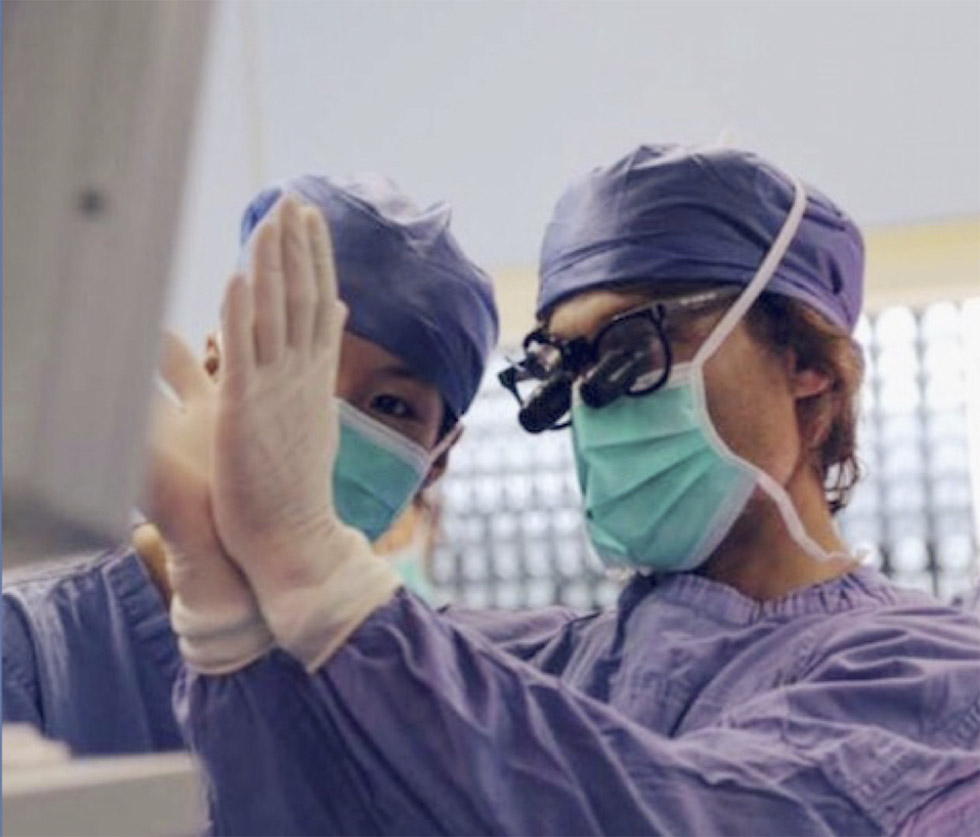As a board certified oculoplastic surgeon in Beverly Hills, CA, blepharoplasty is one of the most common procedures I perform. In order to understand what we are trying to accomplish with blepharoplasty, or cosmetic eyelid surgery, let’s first talk about how the eyelids age.
In youth, eyelids are:
• Full
• Without shadows
• Without any contour issues
• Skin is smooth without wrinkles
• Has that youthful look
As we age the aesthetic change tremendously:
• Eyelids become saggy
• Excess tissue
• Loss of volume
• Deflation
• Hollows
• Dark circles
The GOAL of good surgery is to recreate youth. The way to achieve this is to look at pictures of someone when they were younger. Traditionally blepharoplasty surgery was subtractive or excisional; we would cut tissue out. The thought was that the tissue loosens and sags, so cut it out. This ended up aging patients.
We are all like grapes turning into raisins; we shrink and we wrinkle. The best way to make a raisin a grape is to blow it up, not tighten it to look like a shriveled grape.
We have learned over the last 15 years that we need to augment tissue. Sure we take out what is extra, but sometimes we take the fat in the eyelids and preserve it by moving it around. Sometimes we transfer fat from the belly or the thighs and inject it into the eyelids, so they become full like they are in youth.
It is really important for patients to be aware of what they are getting into with blepharoplasty. It is a true surgical procedure. It can be done under straight local anesthesia, which means they are wide awake with some numbing shots, and many patients prefer this. It can also be done under sedation, where through IV they get a little bit of medication to make them comfortable. Very much like a colonoscopy, and I say this because almost everyone is familiar with a colonoscopy. Finally for those that are nervous or concerned, or those who are having other procedures at the same time, they can be under general anesthesia. There is a feeling that general anesthesia can be unsafe, but while you are under a deeper anesthesia you are monitored so closely it is safe.
Next, the most important thing to understand is that you will have bruising and swelling after surgery, and sometimes the eyelids will swell shut. These are all a normal part of surgery and a normal part of healing. A patient’s best friend after surgery is ice. For the first 2 days after surgery the ice causes the blood vessels to close off and not leak anymore fluid. This helps the recovery in regards to swelling. Often times an ointment is put over the stitches and drops are put into the eye.
Let me talk about the stitches. To do upper eyelid surgery you have to have an incision in the natural eyelid crease to remove the extra skin. People tell me they are concerned they will have a scar that will look strange. But we all have a crease, and good surgery places the incision in the crease so no new line is created and it is paper thin. While you may notice it when you close your eyes and inspect it closely for the first 4 – 6 months, afterwards you won’t, and make-up covers it easily. In lower lid blepharoplasty, in most cases, the surgery and incision are done from inside the eyelid, so no external scars develop. Again this is why it is important to see an experienced eyelid surgeon who knows how to disguise and camouflage the incisions.
If you are going to have blepharoplasty surgery, you should give yourself at least a month before you have any major events. Typically most of the swelling and bruising, if it is only the upper eyelids, is mostly gone (visibly) within 2 weeks, but it can take up to 2 – 3 months. Sometimes you wake up in the morning and you are more swollen than you will be later in the day. This is because when you are standing up during the day, the fluid goes down towards your feet. When you add lower lid surgery, especially when you are moving around fat or injecting fat the recovery process can be much longer. It may be 3 months before all the bruising and swelling is gone.
It is important there is no exercise for at least 2 weeks after the procedure. Avoid saunas or going in the ocean for the first 2 weeks after surgery as well. You can shower within a day after surgery as long as you keep the area not too moist; sometimes baths are preferred. Most people within a month of blepharoplasty are back into all of the activities they want to be in.
If you are considering blepharoplasty, call our office to schedule a consultation – 310.657.4302.


